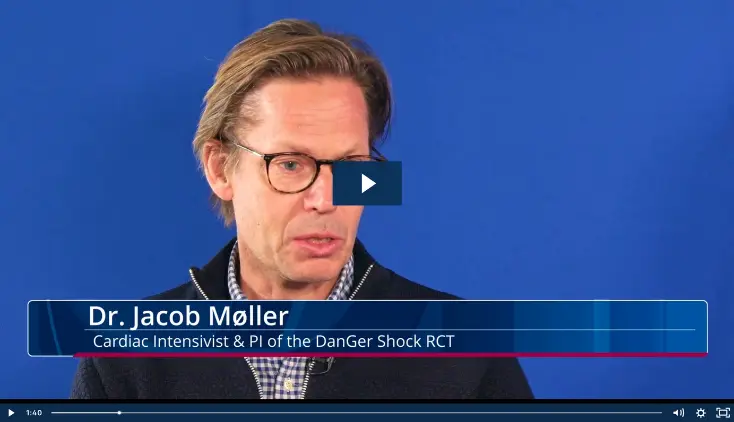Clinical Research & Data, Complete Revascularization, Protected PCI
Revascularization in HFrEF: Studies and Strategies
Kate Kearney, MD, reviews studies and strategies for revascularization in the context of LV dysfunction and heart failure with reduced ejection fraction (HFrEF). Dr. Kearney is an interventional cardiologist at the University of Washington Medical Center who specializes in high-risk interventions and chronic total occlusions (CTOs). She gave this presentation virtually at the 2022 Technology and Heart Failure Therapeutics (THT) Conference.
In her presentation, Dr. Kearney reviews the indications for revascularization in ischemic cardiomyopathy (ICM), noting, "I think it is a missed opportunity in a subset of cases.” She also discusses evidence for revascularization strategies in the context of LV dysfunction, and proposes strategies for a modern heart team approach to revascularization.
Dr. Kearney explores questions such as:
- Who benefits the most from revascularization?
- Why revascularize patients with reduced LVEF?
- What are the real differences in outcome with CABG vs PCI?
- What are the goals for complete revascularization?
- What anatomical/technical considerations matter most?
In addition, Dr. Kearney explores what’s next for PCI and briefly discusses results from the REVIVED-BCIS2, OPTIMUM, and PROTECT IV trials. She also touches on data from PROTECT II, PROTECT III, and RESTORE EF. She notes the significant improvements in composite endpoints and all-cause mortality in SYNTAX II (which examined CABG vs PCI), noting, “If we want those outcomes, we need to put the work in.” She highlights this work as entailing more challenging technical cases, which includes CTO revascularization, as well as image-guided optimization of stents.
Dr. Kearney briefly presents a case study to illustrate the decision-making process when considering revascularization. The case is a 62-year-old man with diabetes and no known coronary disease, who presents with an NSTEMI. Diagnostic angiography reveals severe and diffuse multivessel disease. She discusses the factors the heart team weighed and the ultimate decision to revascularize with a high-risk PCI procedure.
She concludes her presentation emphasizing, “Our revasc options are at least broadening, and we’re working on patient selection issues with that. And while ischemic cardiomyopathy patients have been really poorly represented in trials previously, I think more are coming.” She looks forward to learning more about treating this patient population.
NPS-2843


